Ellora of Himachal Pradesh maintained by Archaeological Survey of India - Masroor Rockcut Temple || A Monolithic Temple in Kangra Region of Himalayan State, India
During recent trip to Pong Dam in Himachal Pradesh, we also thought of visiting Ellora of Himachal Pradesh - Masroor Rockcut Temple. This was approximately 12 kilometers from Nagrota Suriyan and comes on the way to Dharmshala. Let's have a quick Photo Journey to Masroor Temple in Kangra Region of Himachal Pradesh, India.
Here is first view of Masroor Temple we get from the neighboring road...
Masrur is 32 kilometers from Kangra on Nagrota Surian link road and is famous for remarkable group of rock cut temples. They form a group of 15 monolithic rock cut temples in the Indo-Aryan style and amazingly carved. These awesomely ornamented cave temples are the only rock shrines in the northern part of India.The main shrine contains three stone images of Ram laxman and Sita but the presence of the figure of Shiva in the center of the lintel affords a strong presumption that the temple was originally dedicated to Mahadeva.
Here is the what we exactly see after climbing up few stairs from the road. Masroor Temple is on left side, which is surrounded by gated boundary. After 100 steps, there is an entry gate for this temple. Archaeological Survey of India maintains this site and a ticket of 5 Rs is applicable for each entry inside the Temple.
Masroor Rock Temple being located in a sanctuary area of Pong Dam, it's away from ecological threats, but now the focus is on developing a tourism and conservation mechanism that protects it from increase in tourist inflow. In recent times Himachal Pradesh Tourism Department has been successful in making this place visible on various travel maps of India. Now people know this place and plan in their itinerary during any trip to Mcleodganj, Dharmshala, Palampur or Kangra.
Few days back Light shows were organized during evenings at Masroor Rockcut Temple and Himchal's Chief Minister Mr. Prem Kumar Dhumal was also preset with other important folks of the state. This shows genuine interest of State Government to conserve this place and make it accessible for Tourists in Himachal Pradesh. State Government is regularly meeting with Archaeological Survey of India to better plan the growth of this place.
Buses are frequent from Kangra/Dharmshala to Nagrota Suriyan and Masroor is just 3 kilometers away from this route. We exactly need to get down at Peer Bindli station. From here Masroor Temple is just 3 kilometers, which is a decent walk in hills. If not interested in walking, taxis are also available around the place. Few buses go till temple but need to wait. In Morning there is a bus around 9:10 am, 10:15 am and 11:30 am etc.. Since gap is of approximately 1 hour, one can easily walk till temple and reach in 30 minutes. If you walk, you will see lot of colorful birds on the way.
There is a special mention about Masroor Rockcut temples on Himachal Tourism Website - Unforgettable Himachal !!! As of now, nearest place to stay is Kangra or Nagrota Suriyan. There are lot of lots available in Kangra, as it's a decent town around this place and Nagrota has a HPPWD Guest-House. State Government is trying to work with local folks to think about Home Stay Options. Himvani talks about some plans of government to promote Tourism in Masroor and Pong region - Here
Masroor Temple is located on a Hill top from where marvelous view of Dhauladhar Mountain Ranges can be seen. We visited this place twice during two days and will share some sunset photographs from this place. Snow Capped hills of Dhauladhar Himalayas look amazing in Sunset colors. Mountains look pinkish as if all of them are colored for this special moment.
Here is a Photograph showing reflection of few of the temples in this campus. There is a water pond in front of Masroor Rockcut Temples. During day time, clear reflection of Masroor Monolithic temple can be seen in this water pond.
Here is a another Photograph with water reflection of Masroor Rockcut Temple in Kangra District of Himachal Pradesh, India. Local panchayat of Masoor viallge is situated on left side of this location and there is Government school on the right. As of now this School is in Temple's campus area and ASI has requested State Government to move this school to another location as any construction within 100 meters of this historical temple is not allowed.
There is a temple in the middle of this campus which is dedicated to Ram, Seeta and Lakshman. Above Photograph shows the same temple in Masroor Monolithic structure with one of the employee on the right. Two employees at any point of time are deputed on this location, which means 24 Hrs duty throughout the year. There are approximately 8 employees to take care of this place and all are appointed by Archaeological Survey of India.
These temples are mainly double storey and the roof is accessible through add sized staircases. Height of each staircase is more than usual stairs. Some of the portions on top are bound with iron rods. It seems that water is harmful for these rocks as they seem soft and some of the parts have severe cracks and colors around those cracks made us believe that temples need more care in rainy season.
Here is a photograph of students of Government school in Masroor which is located in temple area only. This Photograph is clicked from roof top of the monolithic temples. Calm and peaceful environment around this place makes it a perfect place for school and studies.
Here is a Photograph clicked from surrounding hill and shows approximately whole Temple area with Water pond in front of it. In fact, all these temples seems to be made up of a huge hill in Masroor.
In India, the rock-cut style started in the reign of the Pallava king Narsingha varman I Mahamalla (630-668 A.D.) during the first half of the seventh century . It reached its climax in the Kailasha temples at Ellora which were taken in hand during the reign of the Rashtrakuta King Dantidurga (753- 756 A.D.) and finished during that of Krishna I (758-773 A.D.). Though rock-cut caves are common in South India, yet temples cut out of freestanding rocks, known to archaeologists and art critics, are only four in number-'Rathas of Mammalapuram', 'Kailashas at Ellora', 'temple-complex at Masrur in Kangra' and the 'Dharmnatha temple at Dhamnar', 65 miles to the South-East of Jhalra Patan in Rajasthan. The Rathas and the Kailashas are built in the Dravidian style, whereas the Masrur and Dhamnar ones are in the Nagara style. Masrur beats its Nagara rival in situation, size and execution. The Masrur complex has 15 temples, the Dhamnar has only 8. At Masrur temples not separate from it surround the central shrine, but at Dhamnar the smaller ones are entirely separate from the main one. Carvings and ornamentation at Masrur are of a much superior order than at Dhamnar and the length of the latter is one- third of the former. The Dhamnar group has been built in a pit-like hollow, whereas the Masrur group is on top of a 2500 feet high hill range. One looks below, the other looks up. One depresses, the other elates. In point of situation, Masrur beats the other two also. Ellora Kailasha are built in a pit a hundred feet. However, Kailasha at Ellora is a supreme creation, one of the wonders of the world. (Courtesy - http://123himachal.com/temple/masroor.htm)
A view of Masrur Monolithic Temples from a short-cut path which connects temple with Masrur village on a hill below it.
Rockcut style is much more difficult than the structural one. In Structural, the artist shapes the material as s/he likes, whereas in the former the Material determines the way the artist should move, which must be a case of Masrur temples. The limitation makes an artist creation out of a rock a most difficult task and the ability with which the remote artist of seventh and eighth centuries carried out their purpose is superhuman. Only a few of the original shikharas stand and some of the most beautifully carved panels are now in the state museum, Shimla. The main shrine dominates the center. Although the remote location of these temples protected them from the invading army of Mahmud Ghazni and their stone construction prevented severe damage in the 1905 earthquake. This earthquake had some severe impact in Kangra region of Himalayan State.
A small room is built on the entry of Masrur Temple, probably for ticket distribution. It's not in use and tickets are available on main entry gate of this temple.
It was a great visit to Ellora of Himachal Pradesh, India !!!
It was a great visit to Ellora of Himachal Pradesh, India !!!
If you liked this post and found it helpful, I would request you to follow these things when traveling -
- Manage your waste well and don’t litter
- Use dustbins. Tell us if you went to a place and found it hard to locate a dustbin.
- Avoid bottle waters in hills. Usually you get clean water in hills and water bottles create lot of mess in our ecosystem.
- Say big no to plastic and avoid those unhealthy snacks packed in plastic bags. Rather buy fruits.
- Don't play loud blaring music in forests of jungle camps. You are a guest in that ecosystem and disturbing the locals (humans and animals) is not polite

.jpg)
.jpg)
.jpg)
.jpg)
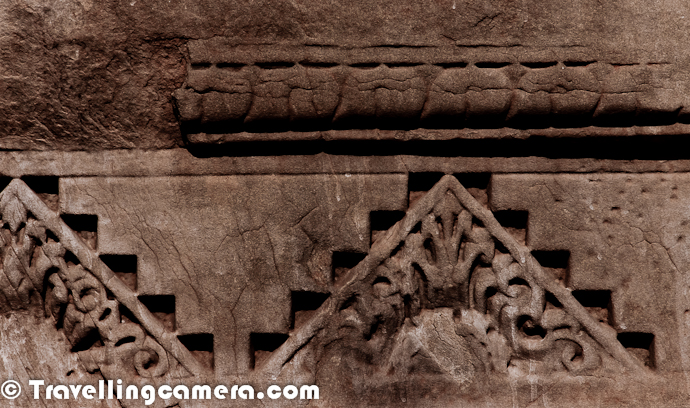
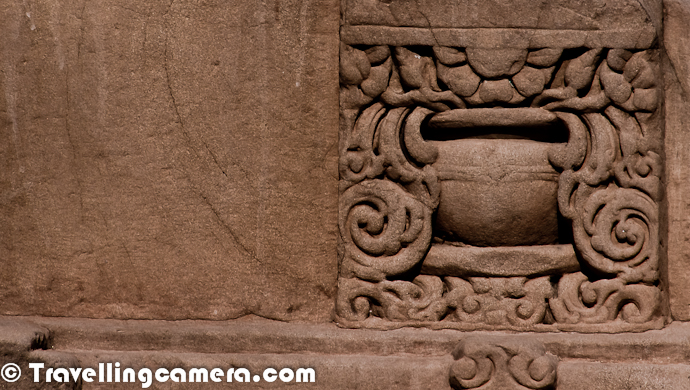


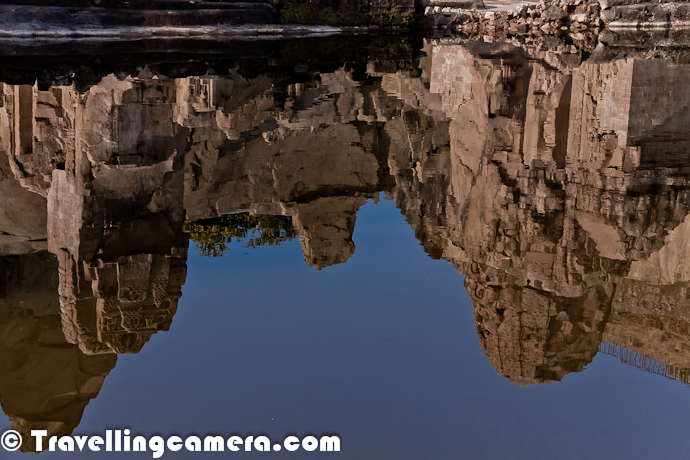





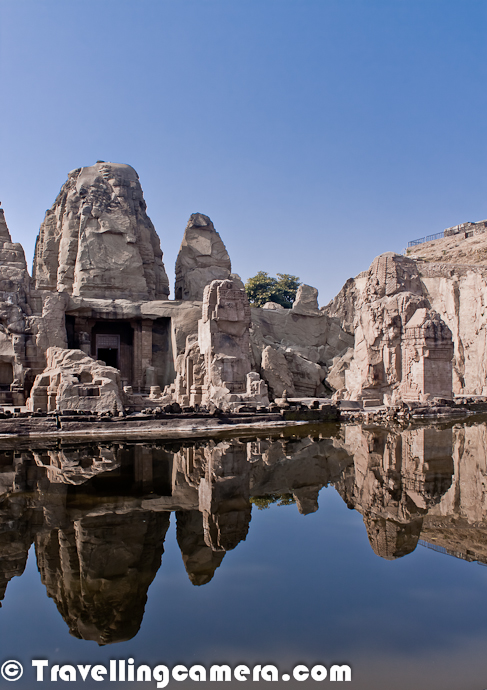

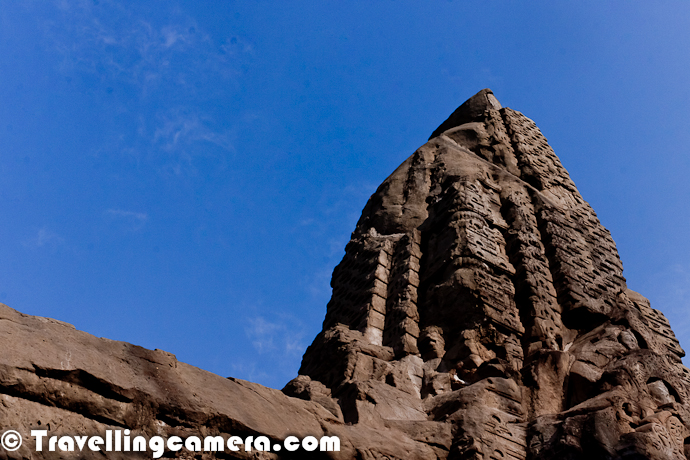
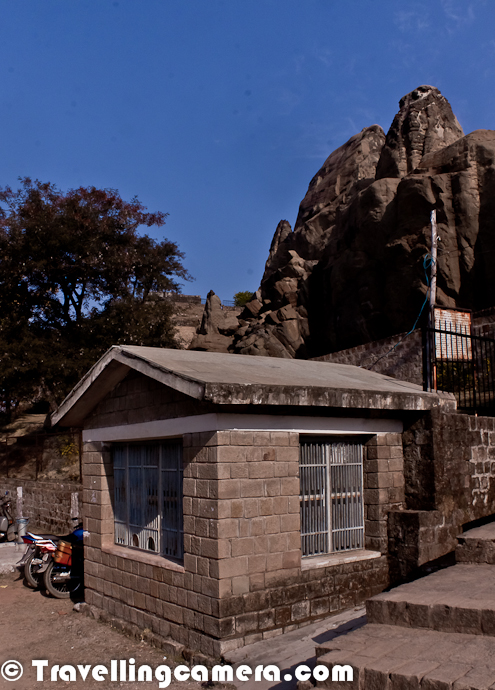

.jpg)